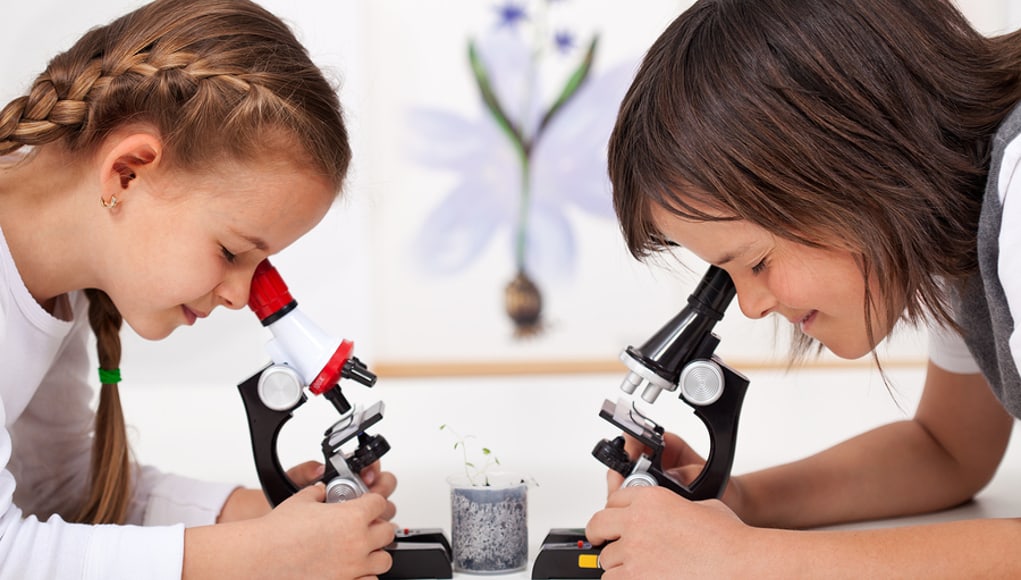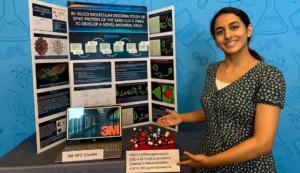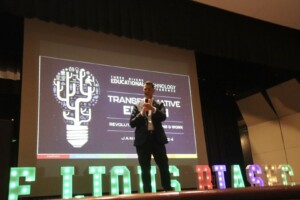6 STEM Resources for Every Classroom
Key Points
-
With an increasing need for skills in STEM-related fields and to meet the growing number of careers available now and in the future, our students need opportunities to explore these topics.
-
It is important to spark student curiosity for STEM which might create an interest in a future career but more importantly, it helps all students to develop essential 21st-century and workplace skills.

For the past six years, I have taught an eighth-grade course in STEAM. As a longtime French and Spanish teacher, STEAM was new to me, and initially, I did not feel like I had enough preparation or knowledge to provide the right activities and learning experiences for my students. Prior to officially teaching STEAM, I thought that STEM or STEAM activities were not something that I could or even should add into my language classes. However, since teaching this course and having done a lot of research, I now realize that we all need to create opportunities related to STEM in our classrooms.
With an increasing need for skills in STEM-related fields and to meet the growing number of careers available now and in the future, our students need opportunities to explore these topics. It is important to spark student curiosity for STEM which might create an interest in a future career but more importantly, it helps all students to develop essential 21st-century and workplace skills.
Knowing where to begin with STEM can bring uncertainty as there are so many choices in activities, tools, curriculum, and more, or perhaps, some of the options may require specific knowledge or skill set, or resources. Regardless of grade level or subject area, we have a lot of quick ways and tools that are easy to use to help us to bring STEM into our classroom.
Benefits of STEM
STEM activities will help students develop the essential skills needed for life and workplace success including social-emotional learning (SEL) skills and the critical 21st-century skills we have been talking about in education for many years.
As we prepare our lessons each day, I recommend checking the information available through the World Economic Forum, to keep up with the types of skills employers are looking for, so that I can plan better activities in my classroom to prepare students. Some of the top skills include collaboration, communication, creativity, problem-solving, and teamwork. There are many options for helping students to develop these skills through the methods and tools that we use in our classroom. With some of the options below, we can find ways to connect the content being taught with incorporating STEM activities in our classrooms.
We can also use some methods like genius hour or 20% time or project-based learning (PBL), which provide students the opportunity to engage in independent work and enable them to develop these essential “workplace” and SEL skills. Trying some design challenges in small groups is great for team building and developing collaborative skills. Earlier in October, Global Maker Day, led by Jaime Donally and an amazing team, provided a variety of maker activities from educators and students around the world. Take time to check out the resources shared from this yearly event! You can find different STEM challenges that can be done in any class or level that will foster the development of these essential skills without requiring a ton of time to get started.
Having more choices available will make it easier to offer learning that meets students’ specific interests or needs and will promote engagement and spark curiosity for learning.
Rachelle Dené Poth
STEM challenges
A few years ago I participated in my first STEM challenge with a team of educators. At first, I did not want to participate, however, after a short time of brainstorming ideas, communicating with the team, and testing out solutions to the challenge, I better understood how these same experiences can positively impact our students. Have you ever done a solo cup challenge? In this challenge which does not require many materials or a lot of planning, the goal is to move a stack of cups to build a tower by only using the rubber bands and string that have been provided. This simple activity promotes collaboration and communication, problem solving and teamwork, while also adding fun into the group learning experience.
Using simple activities like this one helps students to develop relationships as they learn with and from their peers. One challenge that a friend shared earlier this year is to have students write their names using a variety of materials they can find and in a length or height that matches their own. As a follow-up to this, asking students to explain why they chose their materials if there were any design challenges or problems encountered while completing the challenge, helps us and other students to learn about one another. With just these two activities, there are many benefits for developing SEL and fostering a collaborative classroom community. Also, check out the STEAM cafe for activities that can be done at home!
Here are six resources to explore STEM in your classroom:
Cornucopia is a resource that I came across this summer and I like all of the free STEM education games that are for use in classrooms as well as for after-school programs. Some of the options available enable students to manage a plot of land, plant crops, and earn technology upgrades to make their farm a success!
CoSpacesEDU is an augmented and virtual reality platform that helps students to learn about emerging technologies and also build coding skills and more. It can be used for any grade level or content area to have students design a book summary or use it for STEM projects. I recommend checking out the examples available in the CoSpaces gallery. There are many lessons and plans available specific to STEM.
Grasshopper is a fun way to learn about coding. It was named after Grace Hopper, a pioneer in computer science, and is a great choice for beginners. Grasshopper will work well for adult learners who are interested in building their coding skills. Some of the topics available include animations, array methods, fundamentals, web page design, and more. Grasshopper is free on Android and iOS and is also available through the Web.
Hacking STEM has been made available through Microsoft and using Hacking STEM, teachers can explore a library full of lessons and resources to make it easier to bring STEM into the classroom. What I like about it is that there are short, bite-sized activities, master skills guides, and full-length activities to choose from, so educators can find something that works for their students. Every lesson comes with a full lesson plan, relevant standards, a list of materials needed, and estimated costs associated with the activities.
Ozobot has been a favorite in my STEAM class for a few years. Ozobot is a one-inch robot for teaching students about coding. It has several subjects available including ELA, math, and more. You have two choices for coding with Ozobot: using the screen and also screen-free through the use of markers and color codes. Training for teachers is available online and there is also a library full of resources to get started.
PBS Kids has a ton of options for some building challenges that can be done on or offline. Check out the prompts that encourage students to find items and see what they can build. There are different categories and skill levels to choose from.
As we prepare students for the future, it is important that all students have the opportunity to learn about STEM and discover their own interests in STEM-related fields. Something that I recommend is to choose a few of the options and create stations for students in your classroom. Ask students to select something that interests them and then rotate or let students decide on one area for an independent project for PBL. Having more choices available will make it easier to offer learning that meets students’ specific interests or needs and will promote engagement and spark curiosity for learning.
Choosing an area to focus on will empower them through self-driven learning as they develop SEL skills and learn about emerging trends in STEM.








0 Comments
Leave a Comment
Your email address will not be published. All fields are required.